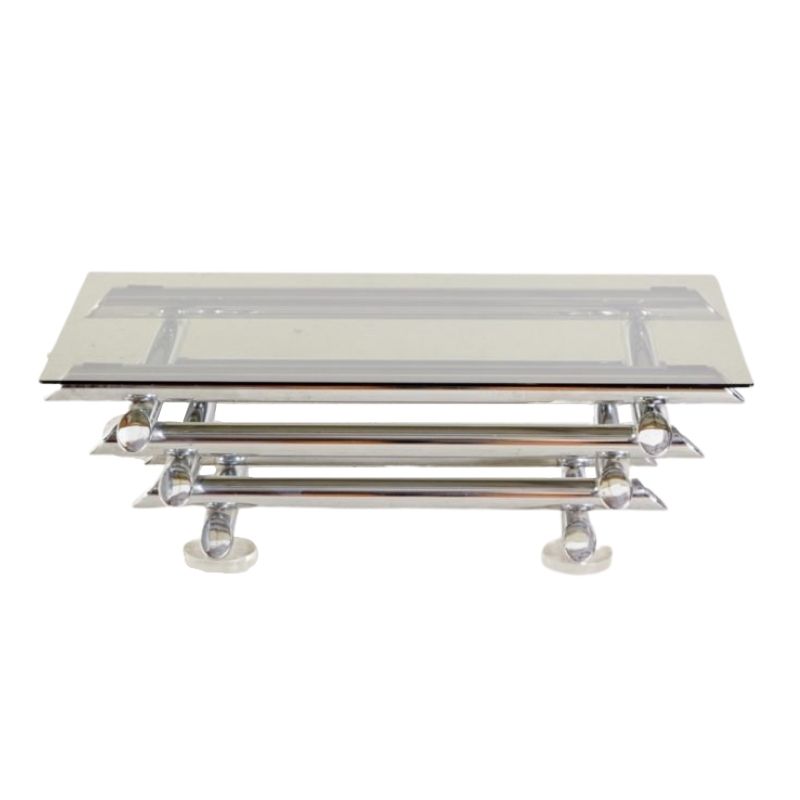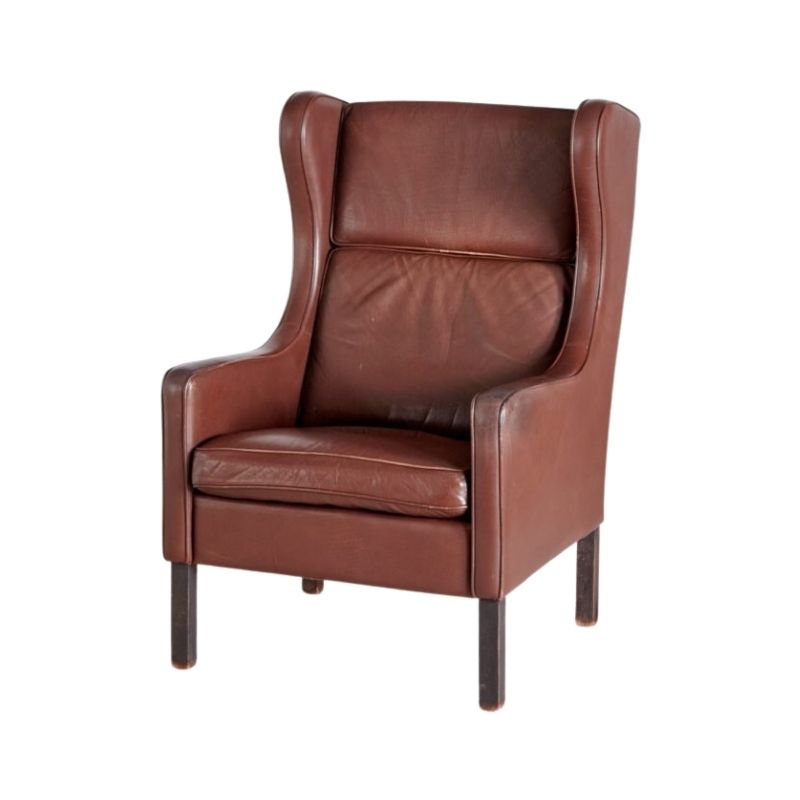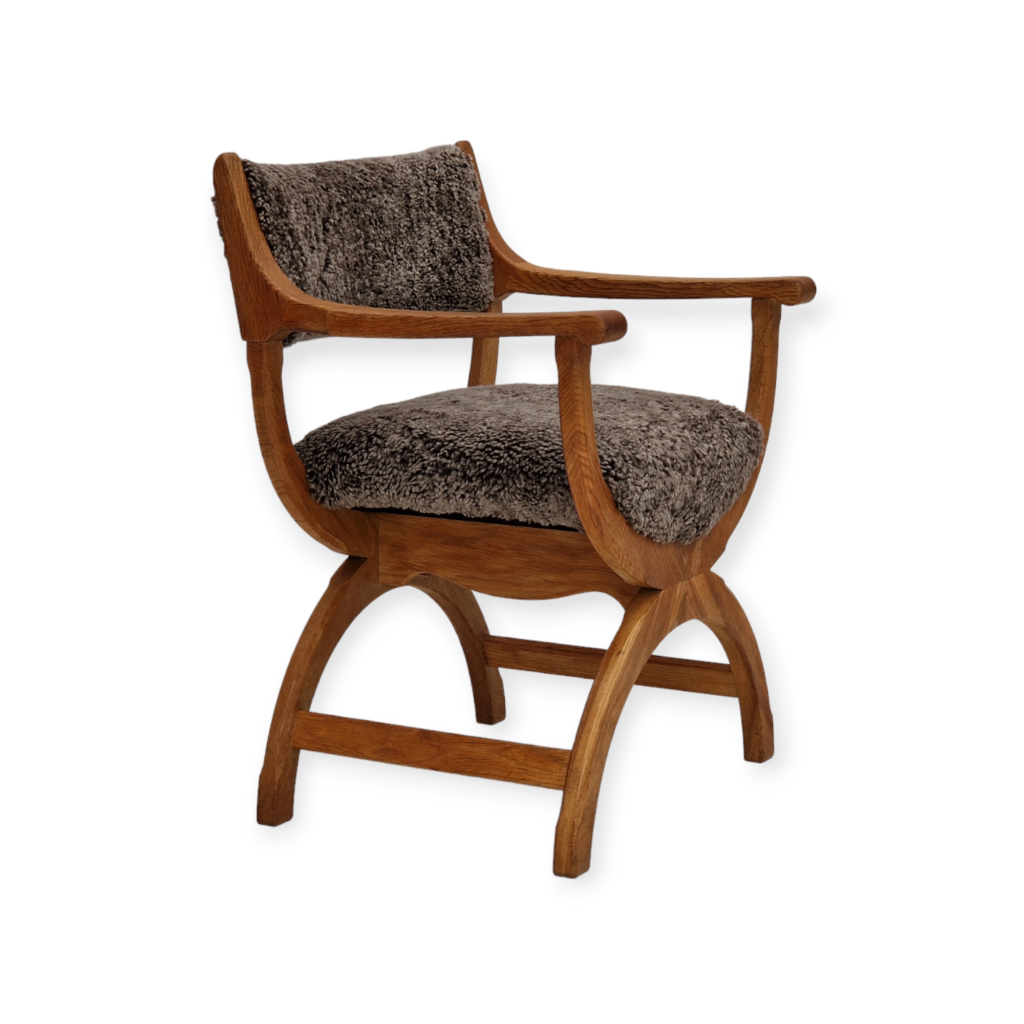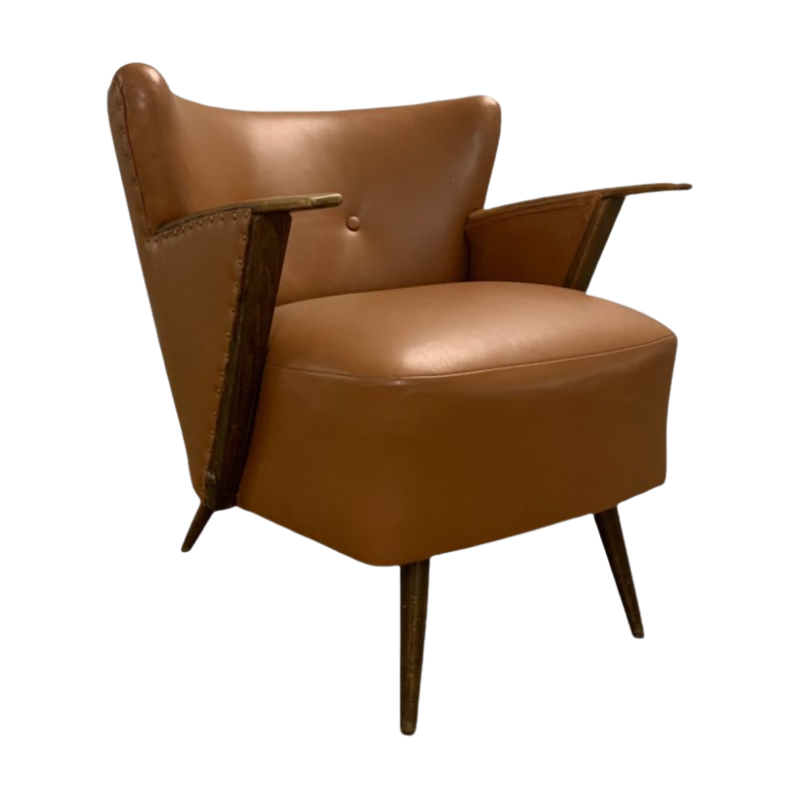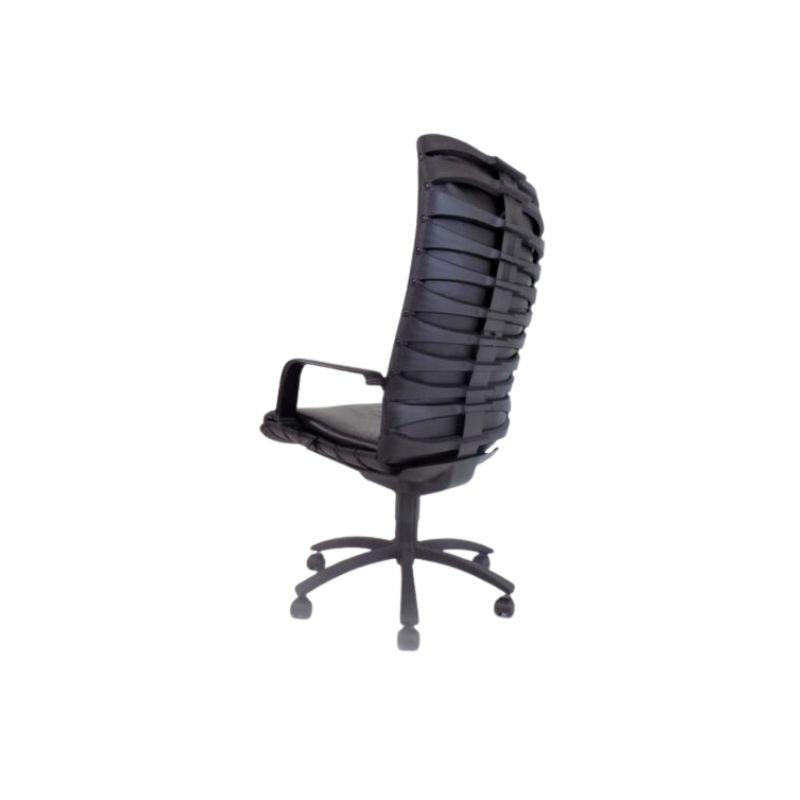I have read a number of your posts about recovering the 670 & clones. I have a Selig & a Plycraft (both bought for under $85 each last year, thanks craiglist!) that I need to recover.
After going crosseyed searching for indepth directions I now resort to asking on the board to a link. If there is a link. The way people talk is as if you have made a tutorial.
Any help would be great as I love these chairs! Being 6'4" nothing ever fits me and comfort is a luxury. I look for "I won't hurt or ruin my back". These chairs have been a life saver and reminded me what comfort is.
I'm also contemplating using a layer of latex memory foam above a firmer base foam. I also want to use different base foam densities to make a comfier chair. Heck if I'm gonna go custom & DIY it I might as well DIY the hell out of it! Beds now use this foam all the time and they make "comfort zones" for shoulders and hips that are firmer & legs and torso softer. I could do the same and the foam I use will last years longer and be natural!
I'm looking to cover in leather of that new fancy pleather I read about in Dwell. I'm also open to other materials but I haven't educated myself yet. I'm open to suggestions.
I promise to make & keep a photo record of my work and before and afters.
The chair in the attached pic is my favorite of the two. Most muy tre comfy!
Thanks for your knowledge & wisdom
Namaste,
Guruj

we have redone 100s of L...
we have redone 100s of Lounge chairs mostly the 670 from Herman miller and have never used or been asked to use memory foam. We are not a DIY we are a highly specialized store that deals with high quality modern furniture, and expensive boats, and cars, memory foam
good stuff for beds not good for lounge chairs, too dence with leather great with fabric, but if you want to try it go for it and let us know. if it works,
link to one of the threads
I think this is the main thread we had going on this topic (below). Seems like there was a discussion in another thread too but I can't find it right now.
I would not do the memory foam because I've heard that it breaks down within a short while. I've been getting a good quality foam from a guy on Ebay. It's better density and resiliency than what I can find locally. I think you need a minimum of 4" of foam on the seat or else you can feel the hard shell through the foam when you sit, which isn't very comfortable.
I have also added lumbar support to the back, which improved the comfort of the chair a lot. I think it was maybe about 1.5" thickness of foam, approximately 12" wide by 8-9 inches high with tapered edges. I put it under the main piece of foam and it's not visible in the finished chair but you can feel it. You can always test how it feels before putting the leather on top.
On most of the four chairs & ottomans I've done so far, the foam in the head rests, backs and ottomans has been ok. The seat foam has generally been in much worse shape than the rest.
The ebay foam guy is foambymail and I got the "Sofa foam cushion replacement ( 82 x 24 x 4 HD36 )" (put that in the search function to find it quickly).
You will need softer foam than that in the back and headrest, though. I've made the mistake of using seat foam in the back of a chair or sofa. It doesn't work. It's like leaning on a board.
Good luck and let us know if you have more questions...
http://www.designaddict.com/design_addict/forums/index.cfm/fuseaction/th...
Batting
In addition to Spanky's advice on using softer foam I also wrapped each cushion with 2-3 layers of quilt batting which gives just a little more suppleness. I also wrapped the batting over the edges of the inner ply shells, because they looked a little harsh pushing into the leather.
I didnt take sequential pictures of my process, but the link below has the whole chair taken apart. You can see how the inner shells have the leather & welting stapled around them, and how they will nest inside the outer shells.
One bit of advice - I have found that most of the vintage plycraft lounges have a nasty amber colored shellac on them. When I did my two lounges I sanded that all the way off, revealing beautiful wood grain underneath. It was a royal pain in the ass, but I think it was worth it. I also used a tinted polyurethane to even out/hide any flaws. It worked brilliantly both times - I highly recommend it.
http://www.flickr.com/photos/38178174@N00/271364531/in/set-72157594547078868/
shellac?
Are you sure it was shellac? If it was, it was probably added later. None of the four that I've had were shellacked.
Shellac dissolves quickly with denatured alcohol, by the way. It's easy to test for it (rubbing alcohol works, too). I stripped half a houseful of shellacked fir trim this way. It's messy but I much prefer it to sanding.
I HAVE had Plycraft lounges that were coated in amber nicotine, though. Lovely.
varnish
Varnish also yellows with age. I think polyurethane only came into general use later.
It can be tricky to use solvents on plywood because some of them will soak into the wood and dissolve the glue that holds the layers together. I delaminated some plywood this way using lacquer thinner or acetone, i forget which. Thankfully it wasn't anything valuable.
thanks for the info & advice!
I appreciate the prompt responses!
The memory foam made in latex is "supposed" to last 25yrs. I think your response may prompt me to do more research and maybe only use it in the head rest and arms. I only wanted to use a layer of memory foam about 1"-3" thick, as a batting I guess. Any thoughts on a layer for a topping on light load areas?
Under that I will probably use your foam dealer or my local guy who is great with advice & quality foam & has been in foam since the 70's. http://www.foamrubbercity.com/ . They also sell some hard to find tools, "If its a tool used for upholstery we have it, and if we don't have it we can get it."
The foam in both my chairs is already too flat to save or use for a template. I will need some guidance on that.
Your lumbar idea is brilliant and will make me even more comfy! Do you measure out your own lumbar area or use the Usability profile for furniture?
One of the chairs has no stain or covering left. It's just wood.... the other has a light stain and some shiny overcoat but it hasn't discolored. It is old but since it hasn't yellowed I don't know what it is and how best to get it off safe. I'm okay with sanding, I just have a heavy hand.... Can I use an orbital sander? (I have pretty bad rheumatoid Arthritis for a 35ish yr old guy. Hours of sanding by hand is possible but won't be fun the next day (wah) )
If I can get my sh@t together I may even try to record my efforts for utube or something. TBH I'm shocked nothing is up there yet.
I will be asking more questions I'm sure.
Thanks,
GuruJ
http://AscendWell.com
.
as to the finish on the ply it is most likley a sprayed nitrocellulose finish, this is a link to solvents, good old acetone might help though I stress I've never tried it and am not a restorer so you'd want to test first, that is if you are stripping the shells.
Good tip with the alcohol and shellac though.
ps, dissolving the glue? I can't think what adhesive in plywood would dissolve with acetone? Best not to risk it then
http://www.wolff-cellulosics.com/ce/cecms.nsf/id/4D331DCAA59450D4C1256ED...
more on foam
I'd go with your local guy if you can afford it; take the seat shell and the base with you and testing some different density foams. You really have to sit on them to know for sure what you're getting.
I would also go with latex foam rather than polyfoam. It's more resilient and lasts a lot longer. Eventually it'll dry out and crumble but you will be an old man by then and won't care!
Google "memory foam complaints" or something like that to find out what people think of this stuff over time. I've heard that the generic types only last a year or two before breaking down (this is generally for mattress toppers, which develop hollows and are usually only an inch or two thick). Tempur-pedic is supposed to be the top of the line brand but I've heard negative things about it, too.
Check out latex. I'd have gotten it for my chairs if I could afford it.
On shaping the foam for the cushions---you'll probably find that the originals are several layers of foam with the under layers being a bunch of separate bits that are pieced together. That's how my chairs were, anyway. I shaped the new foam with sharp shears and a serrated knife. It's tedious and very messy.
quick 2 cents
I'm way busy now, but i also considered memory foam for some various
chairs, etc.
I think it is best for flat surfaces. Body weight distributed along a flat plane.
I would hesitate to go through a very expensive recovering; leather, etc.
and even the time involved, to use memory foam. It DOES hold up over time.
I have it on my daybed in my office. Really just used by elder dog.
I just don't think the weight placed on a seat really serves its purpose?
It flattens with one pressure point of heavier weight.
The recline is not great enough to distribute the weight?
(sorry, i didn't read all posts. but i would reconsider using it for a chair)
memory foam
Maybe the memory foam would be ok on a chair. A bed is used 8 hours a day, every day. You probably won't sit in your lounge chair that much, and an elderly dog may not spend that much time on rockland's daybed, either. (The dog probably weighs a lot less than a human, too.)
I think the next step is to try out samples at the foam place. They should have remnants laying around that you can put in the shell. If not, or if it's too difficult to take the chair shell with you, just put the foam slabs on a hard surface and sit on them.
If you need any help, please contact us at – info@designaddict.com



